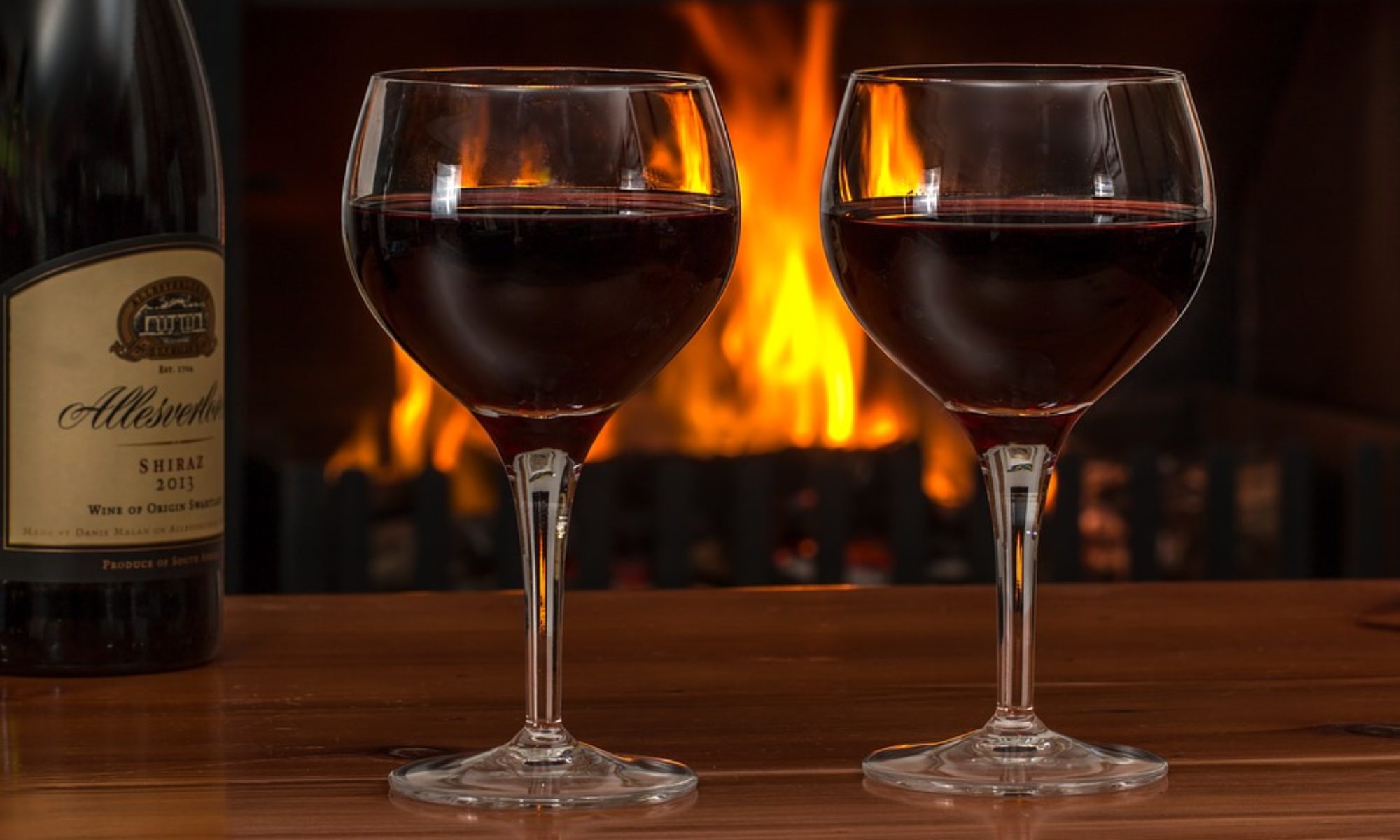
Wines From Bordeaux, France
By Roxanne L Sisneros
Wineries all over the world aspire to making wines in a Bordeaux style
What is Bordeaux wine?
Bordeaux (“Bore-doe”) refers to a wine from Bordeaux, France. Over 90% of Bordeaux wines are red wines made with Merlot and Cabernet Sauvignon, Cabernet Franc, Petit Verdot and Malbec
Bordeaux is one of France’s most important wine-producing regions. The Dutch drained the marshes of the Medoc in the 17th century. The climate is as humid as it was when the land was covered in marshes instead of vineyards, leading to a variety of problems, such as rot and mildew
Red Bordeaux Primary Flavors: Black Currant, Plum, Graphite, Cedar, Violet.
Bordeaux reds are medium to full bodied with bold aromas of black currant and plums. Depending on the region where the Bordeaux wine is from, fruit flavors range from more tart fruit to sweeter ripe fruit.
As with the reds, white Bordeaux wines are usually blends of S�million and a smaller proportion of Sauvignon blanc. Other permitted grape varieties are Sauvignon gris, Ugni blanc, Colombard, Merlot blanc, Ondenc and Mauzac.
Here’s what to know about serving this wine:
Best served just slightly below room temperature (around 65 �F / 18 �C).
It’s always a great idea to decant red Bordeaux wines.
Store Bordeaux and all your red wines below 65 �F / 18 �C.
A decent vintage and solid producer (around $25+) will easily age for 15 years.
Pairing Food with Bordeaux Wine
Meat:
Black Pepper Steak, Roast Pork, Filet Mignon, Beef Brisket, Buffalo Burgers, Chicken Liver, Pot Roast, Venison, Duck, Goose, Dark Meat Turkey
Cheese:
Basque Cheeses, Swiss Cheese, White Cheddar, Provolone, Pepper Jack
Herb/Spice:
Black Pepper, White Pepper, Oregano, Rosemary, Mustard Seed, Cumin, Coriander Seed
Vegetable:
Roast Potatoes, Lentils, Mushrooms, Onion, Green Onion, Green Bean Casserole, Chestnut
Climate and geography
The major reason for the success of wine making in the Bordeaux region is an excellent environment for growing vines.
In Bordeaux the concept of terroir plays a role in wine production with the top estates aiming to make terroir driven wines that reflect the place they are from, often from grapes collected from a single vineyard. Remember that the right bank is dominated by Merlot and the left bank is dominated by Cabernet Sauvignon.
Buying Bordeaux
Buying Bordeaux can be an intimidating experience. French wine labels steer clear of grapes and focus on geography.
Bordeaux has ruled the world of wine for three centuries and it will continue to influence consumer trends and the future of wines for years to come.
Please visit my blog “Fine Wines Worthy of Your Wine Cellar” at http://1p13.com
Article Source: http://EzineArticles.com/expert/Roxanne_L_Sisneros/1436663
http://EzineArticles.com/?Wines-From-Bordeaux,-France&id=9750042


